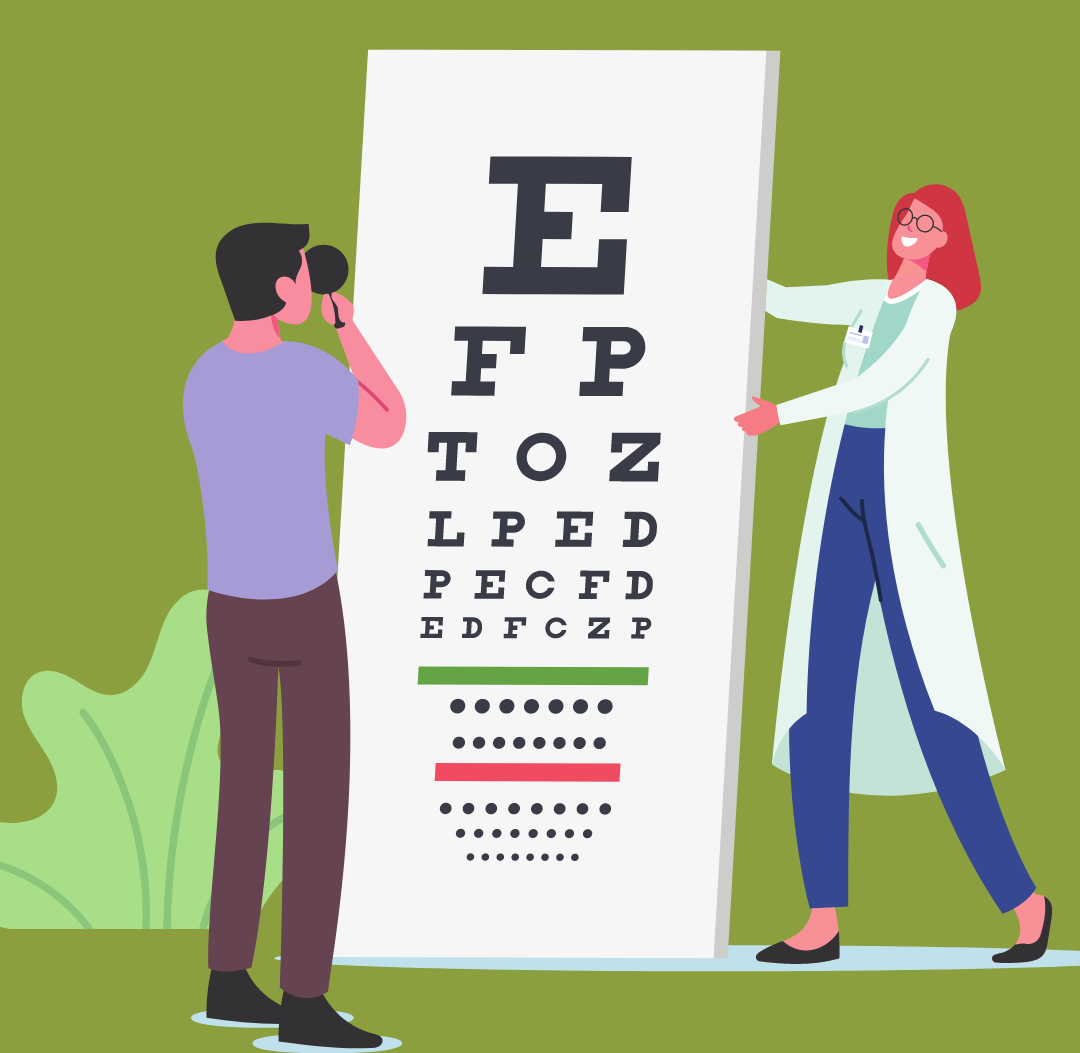Eye Health & Vision Changes
Recently, while touring a Twin Cities Senior Living Community, I saw a “Vision Loss Support Group” meeting listed on their activity calendar. In the library I noticed a wide variety of large-print books as well as audio books and magnifying stands near some of the tables. It got me thinking about the prevalence of vision loss in aging adults.
Changes as we Age
It is not uncommon for adults to experience some change to their eyesight as the years go on. However, some of those changes may impact their quality of life. For example:
Driving at night – Seniors may notice their eyes taking longer to adjust and focus in the dark than they used to. Sensitivity to bright headlights coming towards them is also a factor.
Dry eyes – As we age, we tend to produce less tears. This condition is known as dry eye. Red, itchy eyes, contact lens discomfort, blurred vision and eye fatigue are a few changes you may notice.
Fine print – Presbyopia is the term for this. It can make “up-close” activities, such as reading or sewing, more challenging.
Contrast sensitivity – It can become more difficult to distinguish objects from backgrounds of similar colors like black coffee in a dark cup.
Light sensitivity – To help with this issue, some people may keep their blinds closed, use lower-watt lightbulbs or keep the brightness down on their computers or phones.
These conditions can improve with the use of reading glasses, contact lenses, altering your driving habits, adjusting home-lighting or making use of a magnifying stand.
When to see a Specialist
Of course, some changes are more serious and require a visit to your physician or eye specialist.
Age-related Macular Degeneration (AMD)
Untreated, this disorder can make everyday things like reading, driving, cooking or even recognizing faces difficult, if not impossible. Thanks to research, by the National Institute of Health (NIH), more is known about the cause of AMD – with that knowledge, effective treatments were made possible. Further studies are underway in the field of prevention and the role nutrition may play.
Glaucoma
Glaucoma is a group of diseases that can damage the optic nerve. According to the NIH over 2.7 million Americans over the age of forty have this condition. It can only be detected by a comprehensive dilatated eye exam. It’s best to have the exam prior to the appearance of any symptoms.
Cataracts
Cataracts can form in one or both eyes and may make your vision blurry/hazy and lacking in color. Reading or doing other everyday activities may become challenging. Over time, cataracts can lead to vision loss. The good news is that it is treatable with surgery, which is safe and corrects vision problems caused by the cataract.
It is important to take care of your eye health. A good place to start is yearly exams with an optometrist or ophthalmologist. Finding and treating eye issues early on may help prevent vision loss.
You will find more comprehensive information on the NIH website:
Aging and Your Eyes | National Institute on Aging

